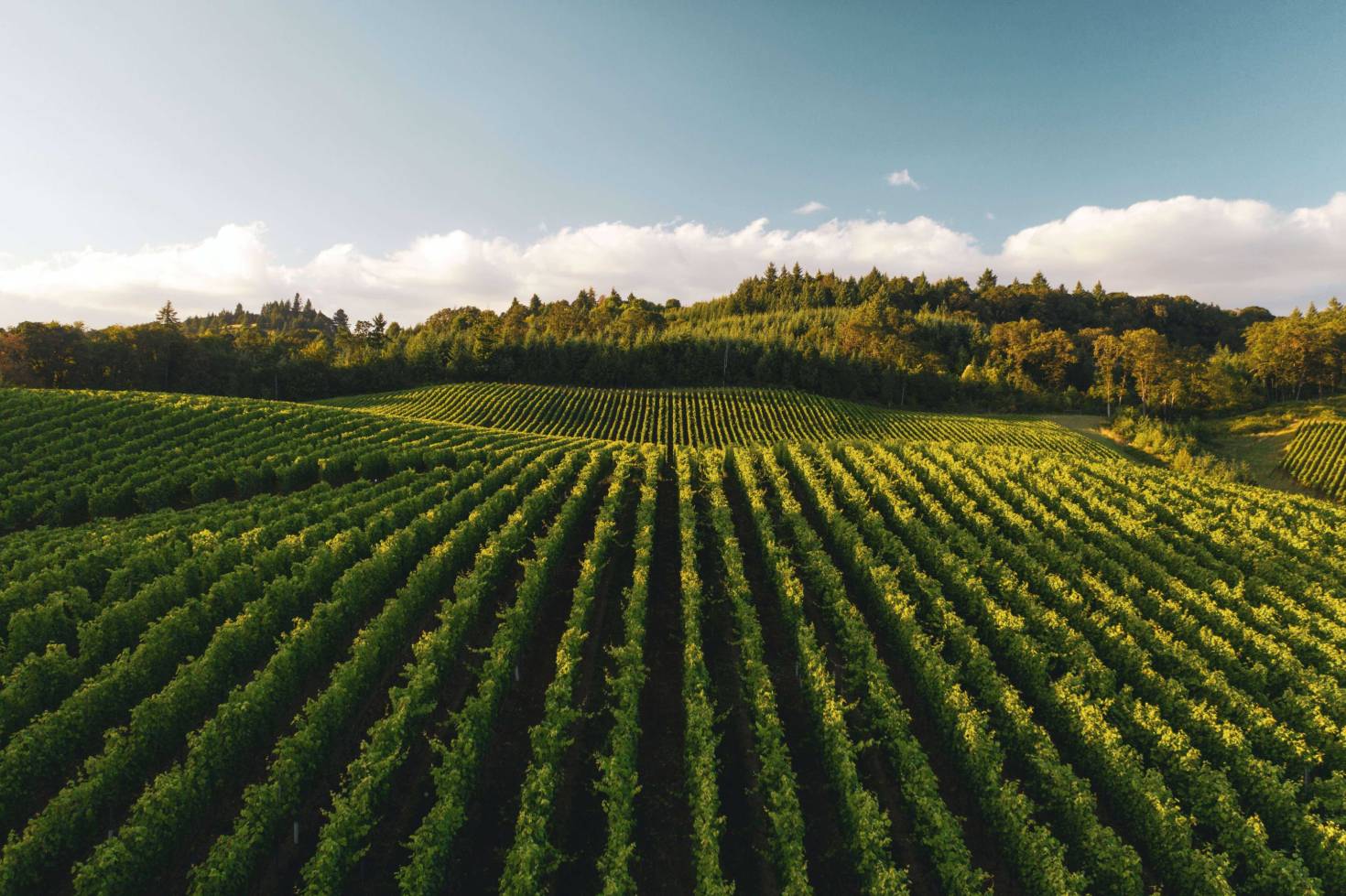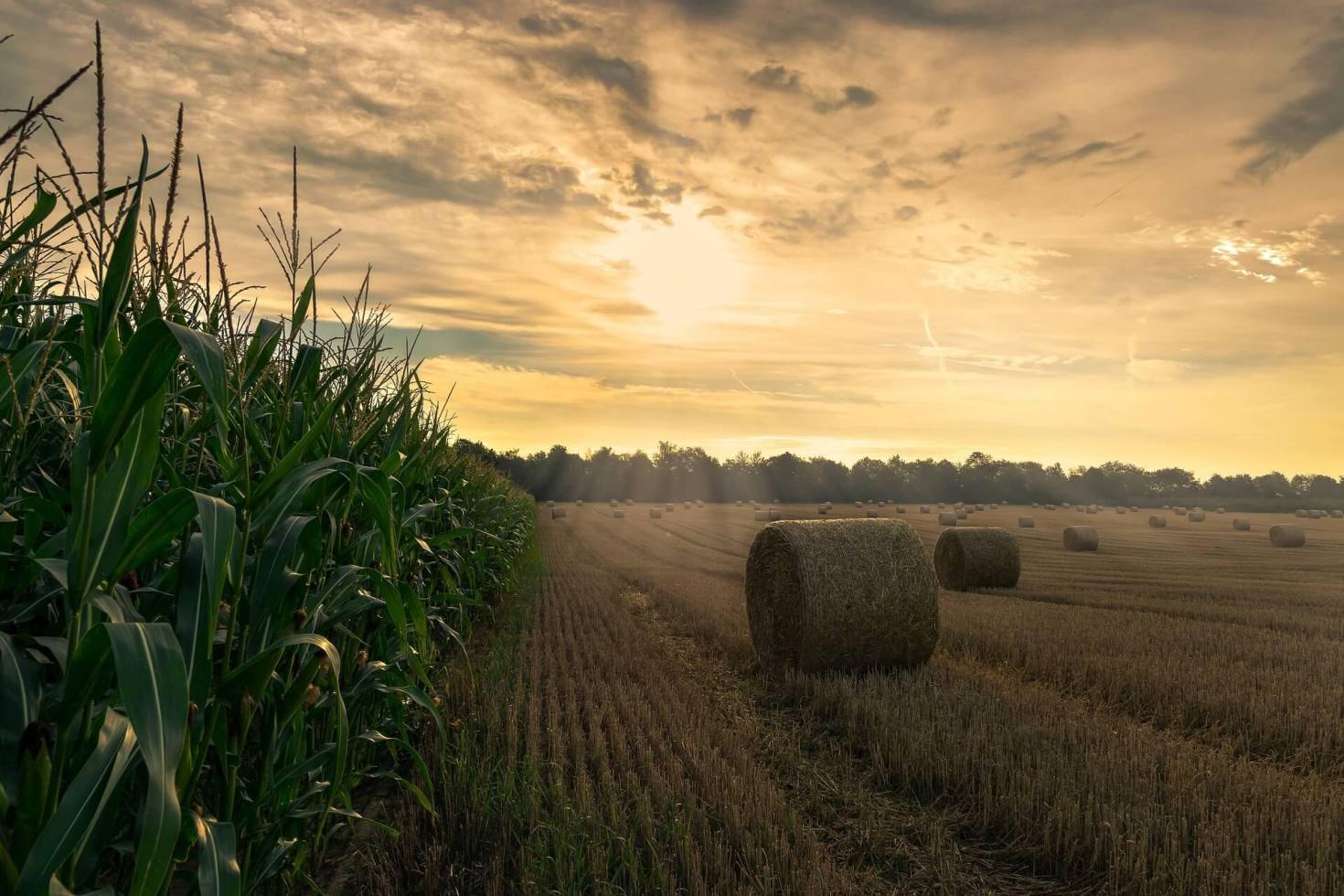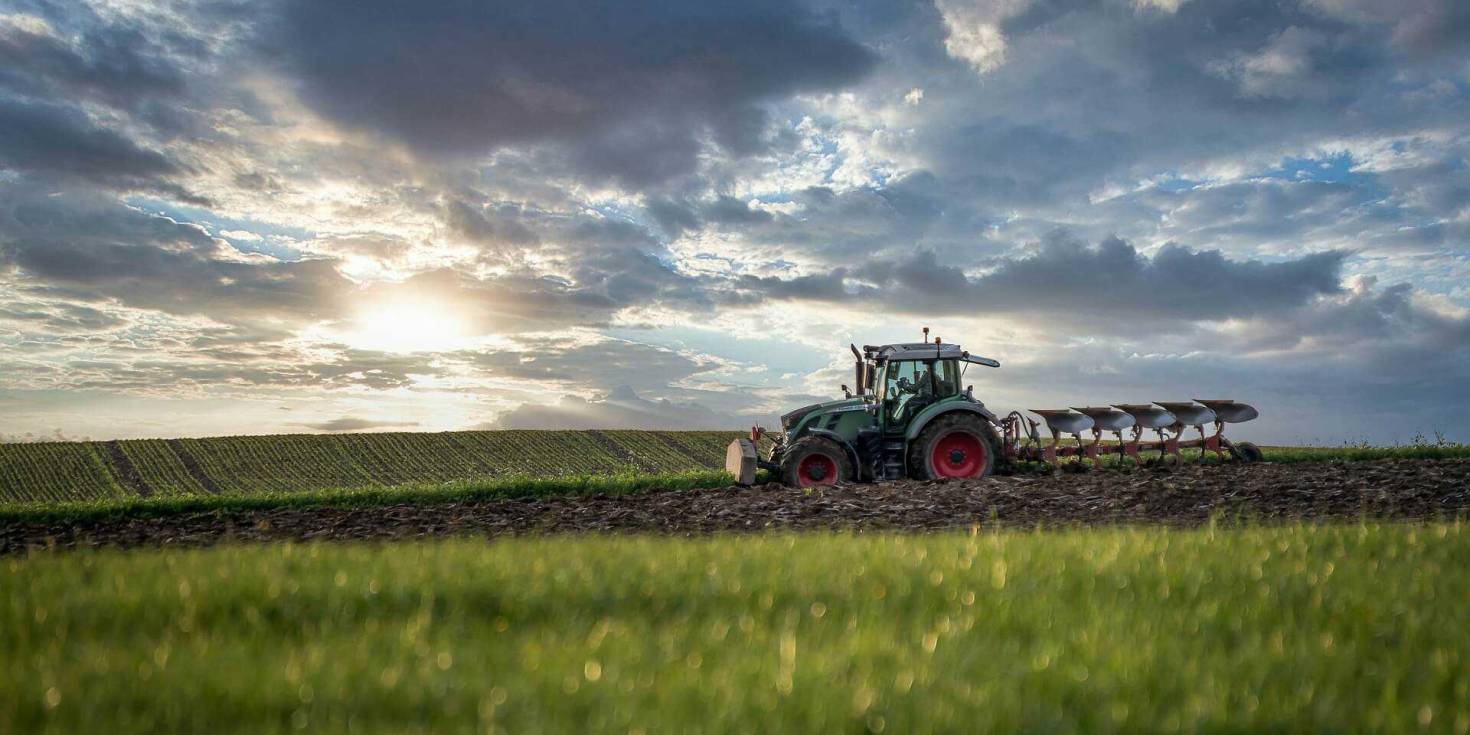Savvy investors are always looking for ways to grow returns, diversify asset classes, and mitigate risk, all at the same time. Many investors are looking to alternative assets more than ever, such as farmland.
Land is one of the oldest investment classes. It's often overlooked and considered boring. But when unpredictability seems to be everywhere you look, boring looks quite attractive.
Farmland investing offers a legitimate diversified opportunity that stands the test of time. According to the USDA's Farms and Land in Farms 2021 Summary, there are over 895 million acres of farmland in the U.S. with an average size of 445 acres. Over 60% of farms are owner-operated according to the 2017 Census of Agriculture. That leaves 39% of farmland that's rented.
Why invest in farmland?
There’s a reason why the likes of Bill Gates (America’s largest individual farmland owner, with 242,000 acres) and other billionaires are investing in farmland and agriculture. Farmland investments tend to be stable, non-volatile opportunities with solid long-term returns.
According to the USDA, farmland has produced an average annual return of over 11% since the early 1990s, outperforming most other asset classes, including gold.
- Value appreciates over time
- Historically low volatility
- Can have tax benefits
- Hedge against inflation
- Non-correlated with stocks
- Produces yield or rent income

Farmland investments increase over time
Land values tend to appreciate in general, but this especially rings true when it comes to agricultural land. Not only is the amount of farmland limited, but the supply is decreasing against increasing demand from a growing global population. Agricultural land values hit all-time highs in 2022.
According to the 2022 Land Values Summary, farm real estate value was up 12% from 2021. Cropland value had an increase of 14% from the previous year. And United States' pasture value was up 12% from 2021.
- $5,050 per acreCropland
- $3,800 per acreFarms
- $1,650 per acrePasture
Farmland and the stock market tend to be non-correlated
If you take a quick look at history, you’ll notice farmland investment returns don’t typically move in the same direction as the stock market. When inflation rises above a certain level, stocks usually don’t perform well. There are also many years where traditional markets have lost value, yet farmland has produced positive returns.
Farmland is a hedge against inflation
Farmland as an investment is a hedge against inflation. There are a few reasons for this. As inflation increases, so do the prices of commodities like corn. Crop price increases can translate into farmland return increases.
As mentioned above, the fact that farmland and the stock market have a low correlation and the fact that it appreciates in value are also reasons why it’s a natural hedge against inflation.
Farmland has low volatility
Farmland tends to be less volatile than many other investment asset classes. The S&P 500 has been more than twice as volatile as farmland at times. It’s even been less volatile than commercial real estate, bonds, and gold.
Farmland can have tax benefits
Farmland investments can come with tax savings and deductions. This can come in the form of strategies like property tax breaks, placing farmland in a conservation trust, and other farming-based tax credits or subsidies.
Farmland produces crop yields or rental income
There’s no question about it. Food will always be in high demand. The world’s population is growing, which means the demand for food is growing. One way you can drive returns on your farmland investment is through crop yields.
As stated above, nearly 40% of farmland is rented. So a large number of farmland owners choose not to buy agricultural land themselves but instead lease it from a landowner. If you’re the landowner, those rental payments provide a passive return on your land investment.

How to invest in farmland
Investing in farmland means putting your money behind agricultural production. Farmland, also known as arable land or cropland, is used for growing crops. Rangeland, or pasture land, is land primarily used for grazing livestock.
You can invest in farmland directly or indirectly.
Buy a farm
The obvious way to invest in farmland is to buy a farm yourself. There are a few ways you could go about this.
- The simplest way is to buy an existing farm where the current farmer has agreed to continue leasing the farmland. This would require the least amount of work from you, but could cost you more to purchase the farm.
- You can buy an existing farm where the current farmer is leaving and lease it to a new farmer. There would be a certain amount of risk associated with this option in trying to find the right farmer.
- A last option is to buy land that’s not currently in agricultural use and convert it into farmland. This requires the most work from the investor. Not only would you need to find the right farmer but you’d also need to do due diligence to make sure the land is suited for agriculture.
If this is the investment route you’re looking to take, make sure to check out our farms for sale. And if you need help buying or selling agricultural land, take a look at our farmland brokers.
Farmland REITs
A farmland REIT is a real estate investment trust created for the purpose of holding farmland. The way it works is relatively simple. Once capital is raised by investors, they invest in farmland. Farmers can then rent the land from the REIT. The investors then receive periodic returns from the income the farm generates.
Similar to many investment methods, there are pros and cons. Of the common farmland investment approaches, REITs often generate the lowest returns. But the passive returns that can be earned without having to deal with the responsibilities associated with owning and managing a farm can be attractive to investors.
There are 2 main REITs associated with farmland.
- Gladstone Land owned 169 farms across 115,000 acres in 15 states as of August 2022.
- Farmland Partners owned or managed 190,877 acres in 18 states as of September 2022.
Farmland crowdfunding platforms
In the past, investing in farmland was largely reserved for institutional investors. Now there are fractional farmland investing options that make farmland investing open to any accredited investor. In other words, similar to REITs, you can own agricultural land without ever stepping foot on the farm or even seeing it. All you need is the Internet.
These platforms often have investment criteria such as duration, minimum financial contribution, secondary market restrictions, and as mentioned above, in many cases you must be accredited.
Here are a few investment platforms with a focus on farmland.

Potential farm investment risks
It can’t all be positive, right? As with any investment, there are some risks and nothing contained on this website should be taken as investment advice. Some investments can lead to losses or at the very least underperformance.
- Weather: Flooding, droughts, and natural disasters can damage or destroy crops.
- Vacancy: The current farmer can decide to leave the farm vacant for various reasons.
- Liquidity: If you decide to resell the farmland, it may take some time.
- Prices: Crop prices can be volatile depending on the markets.
- Politics: Changes to farm bills, subsidies, demand, and the economy can factor into returns.
Is farmland investing for you?
In the past, farmland was only owned by farmers. It wasn’t very accessible and there was a high barrier to entry. In recent years, with new farmland investing options, farmland has become more accessible to more investors. You could say there’s still a relatively high barrier to entry, but it’s been lowered considerably. Historically, farmland has been a smart investment and even outpaced the stock market.
If you’re looking to invest in farmland, you should be able to find an investment vehicle that meets your needs. And you don’t have to buy a whole farm or even lace up your boots to reap the benefits of farm ownership anymore. But if it makes sense to add farmland directly to your portfolio, head over to our inventory or farmland for sale.

